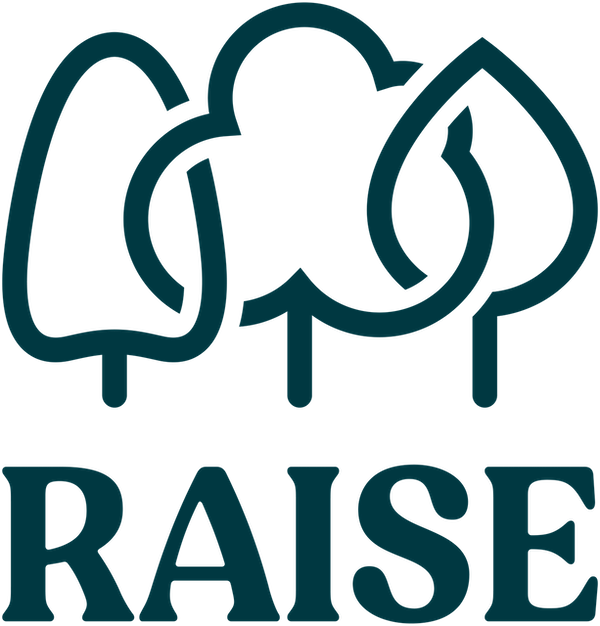Thwaite How

DATE:
2024 / 2025
LOCATION:
Thwaite How, Ennerdale Bridge
PARTNERS:
n/a
Case studies >> Thwaite How
Creating a legacy for the community
Aims
Transform an underutilised two-acre field into a thriving woodland that enhances local biodiversity and contributes to nature recovery.
Establish a lasting legacy, ensuring that the woodland benefits future generations and wildlife.
Create a space that the local community can enjoy, including a permissive path with interpretation boards to help people understand and appreciate the evolving landscape.
John purchased a field alongside his home in Ennerdale Bridge approximately 12 years ago. Originally used as rough pasture and a paddock for ponies, the land remained largely abandoned for over a decade. Despite initial ideas around animal husbandry, the reality of managing the land led to inaction. In 2023, John discovered government funding opportunities for woodland creation through social media, which initiated his engagement with Raise and put him in touch with Nathan. In early discussions with Raise, John and Nathan explored the history and potential of the site, including the specific landscape characteristics and past use of the field. A site visit was arranged in the summer of 2024, during which Nathan provided guidance on suitable tree species and planting strategies.
Key considerations included maintaining a balance between dense, scrubby areas and more open zones to encourage biodiversity. The conversation extended beyond tree planting to long-term plans, including the development of a permissive path for community access and the addition of interpretive signage to enhance public understanding of the evolving habitat..
The planting plan included 475 trees in a diverse mix of species. There are four areas: firstly, an area of hawthorn filling in a gap in the existing hedgerow. There is then one area of lower density planting which covers the higher area on the ‘How’ to preserve the views, and two more densely planted areas. These denser planting areas include a lower canopy species mix, which preserves the view for a neighbouring property. Tree species include rowan, field maple, gelder rose, oak, pear, and aspen some planted with stakes and biodegradable tubes, other just planted bare.
Overall, the planting gives a mix of species and habitats, with a focus on creating diverse habitats with fruiting and flowering trees. The plan also leaves space for people to access the site and future infrastructure such as paths. John also hopes to establish a wildflower meadow in the center of the site. Other environmental considerations included the neighboring priority grassland habitat. This meant considering the species mix so as not to impact the grassland with colonizing tree species. Black poplar was wanted but not available at the time, so future planting will include this, along with some pine species for red squirrels.
The planting day involved members of the community, many of whom are involved in other volunteering activities with local projects such as Wild Ennerdale or West Cumbria Rivers Trust. The day provided an opportunity to get involved in a smaller project, but still very much connected to the wider landscape change in the Ennerdale Valley.
Future community involvement will take the form of a permissive path around the site, opening up access. The plan is that Thwaite How is for the community and will be gifted to the area, creating long-term stewardship and enabling the school and local residents to enjoy the space as it develops..
8
Volunteers
475
Number of trees
0.99
Hectares of woodland planted
Project Impact
Contribution to Net Zero:
The newly planted woodland will absorb C02 helping to offset emissions and support broader climate action efforts.
Public Access and Community Engagement:
A key component of the project is the creation of a permissive path for the community to access and enjoy the woodland.
Interpretation boards will provide information on the evolving habitat, helping visitors to understand and appreciate the woodland’s ecological role.
Innovation:
Biodegradable tree tubes were used to reduce plastic use.
The project integrates a forward thinking approach by combining traditional woodland creation with community access, education and long-term land stewardship.
Future additions, like black poplar, demonstrate an adaptive and experimental approach to woodland management.
Health and Wellbeing:
The woodland and permissive path will provide a space for the community to enjoy nature, supporting both recreational use and environmental education.
Education and Skills:
The project has supported volunteering in tree planting.
It also provides an opportunity for local volunteers and community members to gain experience is conservation and land stewardship.
Nature and Biodiversity:
By carefully selecting tree species, the woodland promotes biodiversity.
The variety of habitats - denser wooded areas. open clearings and a planned wildflower meadow - creates an environment that supports a wide range of flora and fauna, enhancing the local ecosystem.





